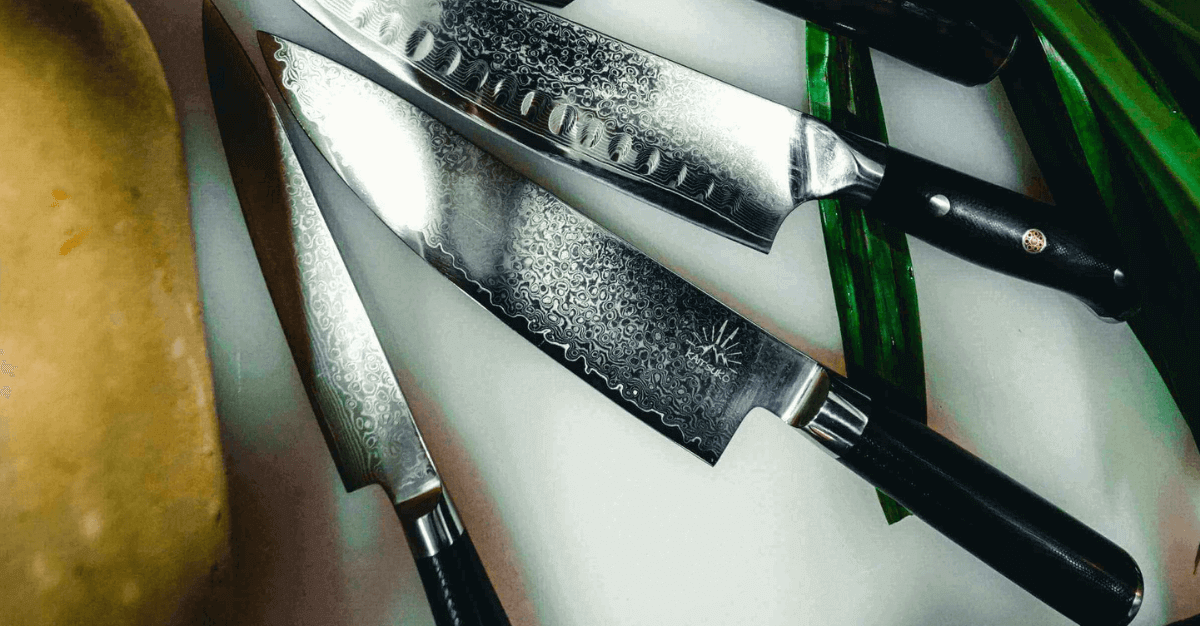What is Damascus steel? And why choose this steel?
Welcome, Japanese knife lover! If you want to learn more about Damascus blades, you've come to the right place.
Damascus blades are knives that are increasingly used by all types of public, although this comes from Japanese know-how.
Why use Damascus knives?

Damascus knives are made of a steel composed of several layers forged together. Traditionally, Damascus steel is steel sometimes having more than 100 layers on themselves to optimize resistance, during the process the carbon is distributed throughout the steel and allows it to be hardened.
There are several ways to make Damascus blades that form distinctive wavy patterns. The patterns can vary; no two blades will have exactly the same patterns. To learn more, check out our article All About Damascus Knives .
Wootz Steel
Wootz steel is a crucible steel that appeared in the Middle East and India around 300 BC, which is the origin of the legendary Moorish swords during the Crusades. All this ended around the 17th century due to a forgotten methodology and the change of materials.
Advances in metallurgy, particularly during the 18th century, provided Swedish experimenters and French researchers with the methods and tools to rediscover Damascus steel.
Today, the steel used is Corroyage steel, which is called Damascus steel. It appeared much later and is called this because of its resemblance to Wootz. Furthermore, the technique is different. The steel of the Corroyage Damascus blade is obtained by welding layers of hard and soft steel alternately on top of each other with a high and low carbon content.
Why choose one Damascus blade over another?
It is best to choose a Damascus blade for these main reasons:
Hardness: Damascus steel is very durable in the long term, it resists impacts, humidity, stains, very extreme temperatures.
Appearance: Patterned handles, patterned blades too, can be displayed, huge selection of damascus for all tastes.
The blade sharp other basic knives , sharpen .
which place in kitchen knives, and even in .
No Air: Due to the Damascus blade manufacturing process there are no bubbles or air pockets during forging. This eliminates the few spots that are meant to weaken your blade.
Reduced Impurities: During the Damascus blade manufacturing process, any few impurities or defects are all removed, leaving only a smooth, clean and very strong blade.

There are several types of Damascus knives:
The Santoku: It is the most common versatile Japanese knife.
The Yanagiba: It is the Japanese sashimi and sushi knife.
The Nakiri: It is the Japanese knife which is specialized in the main cutting of vegetables.
The Kiritsuke: It is the Japanese knife specialized in cutting meat.
The boning knife: It is the Damascus knife specialized for boning.







Which knife for which use?
The story of an exceptional blade